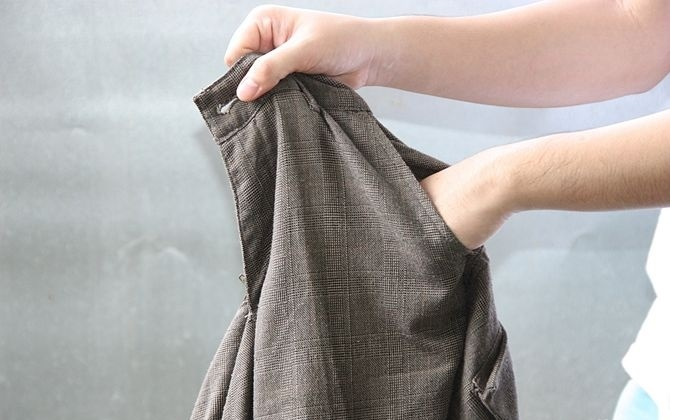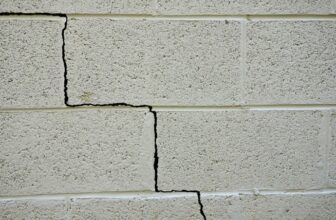
Doing laundry can be a daunting task for a beginner. However, the process is easy once you get the hang of it. Before you start, make sure to pre-sort your clothes to avoid bleeding colors. For instance, a redshirt will turn white clothes pink. So, make sure to pre-sort your clothes by color before you wash them. It’s also good to separate your clothes by fabric or texture, if possible.
Sorting your clothes by color
Sorting your clothes by color is an essential part of the laundry process, especially for people new to this task. Many people find that their clothes don’t look quite as clean as they would like and end up looking baggy after just one or two washings. Some detergents claim to wash all colors together, but in reality, this is not true. You should sort your clothes by color and then put them in separate piles to be washed separately.
To avoid color bleeding when washing clothes, it is important to separate them by color. Sorting by color helps you determine which cycles and temperatures are best for each type of fabric. You can also avoid lint by sorting your clothes by color and fabric. If you don’t want to separate your clothes by color, sort them by type to prevent any bleeds. Mama’s laundry tips include sorting by color and fabric type.
There are many benefits to sorting your clothes by color. First, it prevents your clothes from bleeding colors when you wash them together. A pink towel would look horrifying in a yellow bathroom. And second, it prevents colors from mixing. It’s also best to sort by temperature since whites should be washed in hot water, while darks should be washed on cold or warm cycles.
Separate laundry baskets
To make your sorting process easier, consider getting separate laundry baskets. Divided hampers and designated laundry baskets are useful for keeping clothes neat and in order. You can also set up a laundry pile on the floor, labeling the clothes by the color white, light shade, and dark. This will help you separate your clothes quickly and efficiently. You can also consider adding color to the laundry baskets if you want to simplify the process of sorting your clothes by color.
Another useful tip is to sort your clothes by fabric and weight. Labels on clothes will help you distinguish different materials by their feel or weight. Cotton jeans will feel differently than a polyester blouse, so sorting them by color will help you avoid damaging the different materials. You can also use symbols to distinguish different fabrics, which can be useful when you are sorting your laundry. If you are unsure of which fabric is which, look for the label that says “silk.”
Choosing the right wash cycle
There are many benefits to the delicate cycle. It limits the amount of agitation and spin speed, which is safe for delicate items. It is the best choice for items that are sequined or have lace or sheer fabrics. This cycle also limits wear and tear and protects fabrics from breaking down and shrinking. However, it is also important to remember that it can decrease the level of cleaning for certain fabrics.
Wash cycles come with different options for various types of fabrics. Some clothes require special treatment before they can be washed. Oil and grease stains, for example, require pre-treatment before washing. You can also use the permanent press feature to minimize wrinkling in dress shirts. The permanent press setting will also help preserve the finish of wrinkle-free items. Choosing the right wash cycle for beginners requires referring to the label on the garments. Several different wash cycles are available on most washers.
For most items, the normal cycle is the best option. It tumbles and spins quickly, and will remove dirt and sweat. Dark colors and delicate items are better suited to the delicate cycle, while moderately dirty items should be washed on a regular cycle. Lastly, if your clothes are especially dirty, choose the permanent press cycle. This cycle uses high spin speed and cold water to minimize wrinkling.
If you are a beginner, it can be difficult to select the correct wash cycle for your clothes. There are so many settings and dials that you may not know which one is best for your fabric. When you don’t know which settings work best, you may end up throwing everything in the wash and hoping it will work. To avoid this, take the time to learn how to use the correct cycle and temperatures to clean your clothes.
Pre-sorting your clothes so colors don’t bleed in the wash
Using color-catcher sheets is a great way to minimize fading and bleeding. These sheets will trap extraneous dyes during the wash cycle. In addition, they make your clothes dry faster because they don’t have to be stuffed. When drying outside, remove the clothes as soon as they are dry. Then, store them in a dry place to avoid fading.
You can also pre-sort your clothes by material. You should separate dark colors from light colors and heavier weight fabrics from lighter ones. Deep colors have the highest risk of bleed over, so it’s essential to separate them. Light-colored clothes should be put in a different section of the laundry. You should also separate your clothes by weight. Lighter-weight fabrics can easily get ruined in the washing machine.
Separating your clothes by fabric or texture
Separating your laundry can be time-consuming, but doing so can save you money and preserve your favorite clothes. Also, separating certain fabrics and textures in separate loads can save you time and effort when doing laundry, and this guide will help you get started in the right direction. To start, separate your clothes by type. First, determine whether they are synthetic or natural. Then, decide which type of clothing is best for each fabric and texture. Then, determine the washing recommendations for each type of fabric.




